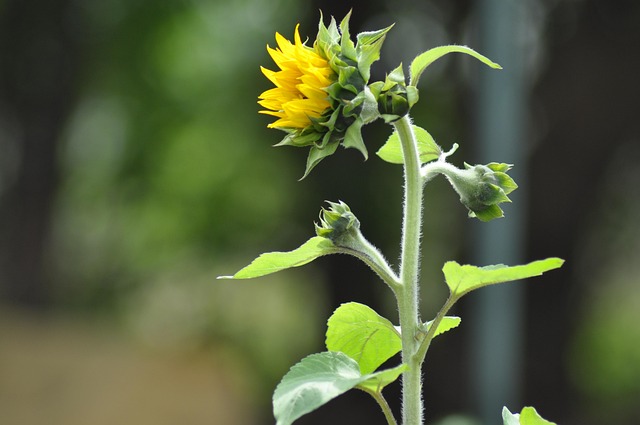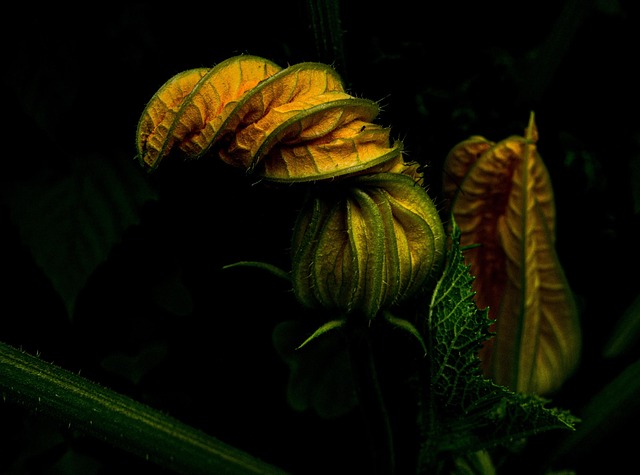Community gardens have blossomed in urban landscapes, transforming concrete jungles into oases of green. These shared spaces allow individuals to cultivate a variety of vegetables and fruits while nurturing not just plants but also the spirit of community and sustainability. From improving local ecosystems to fostering connections among neighbors, community gardens embody the essence of green living and environmental respect.
Each plot in a community garden tells a story—a tale of wellness, biodiversity, and ecological awareness. By introducing various plants to these shared spaces, gardeners promote a rich habitat for local wildlife, attracting bees, butterflies, and birds that contribute to pollination and the overall health of the ecosystem. The act of gardening itself is a healing practice, connecting individuals with nature in a very tangible way. The soil, the seeds, and the sunlight create an alliance that revitalizes our environment and enhances the beauty of the neighborhoods we live in.
Engagement in community gardening doesn’t just happen within the confines of the garden. It also serves as an educational platform, teaching participants about sustainable practices, organic gardening techniques, and the importance of local food production. As gardeners learn to understand the cyclical nature of growth and harvest, they develop a deeper appreciation for the environment and learn to respect the earth’s resources. This knowledge often transcends the garden and plants seeds of eco-consciousness in other facets of life.
Moreover, community gardens foster resilience. They become vital resources for local produce, reducing reliance on store-bought and often imported fruits and vegetables. This aspect is essential in today’s world, where food systems are often disrupted by climate change and economic fluctuations. Growing food within the community not only minimizes carbon footprints associated with transportation but also encourages a deeper respect for the cycles of nature. With each seed planted, the community takes a step towards self-sufficiency and sustainable living.
Beyond the tangible benefits of gardening, these spaces provide a refuge—a place for relaxation, reflection, and personal growth. The act of nurturing plants can reflect a person’s desire to nurture their community and environment. Whether it’s a child planting their first seed or a senior sharing stories of garden traditions, each interaction deepens the connection between people and nature.
As we cultivate these community-centric gardens, we weave an intricate tapestry of sustainability. Each time we dig our hands into the soil, we are not just planting vegetables and fruits; we are planting the foundations for a greener, more sustainable future. We invite everyone to explore the possibilities within their neighborhoods, to embrace their green thumbs, and to join the movement of cultivating not just gardens but a legacy of environmental stewardship.




